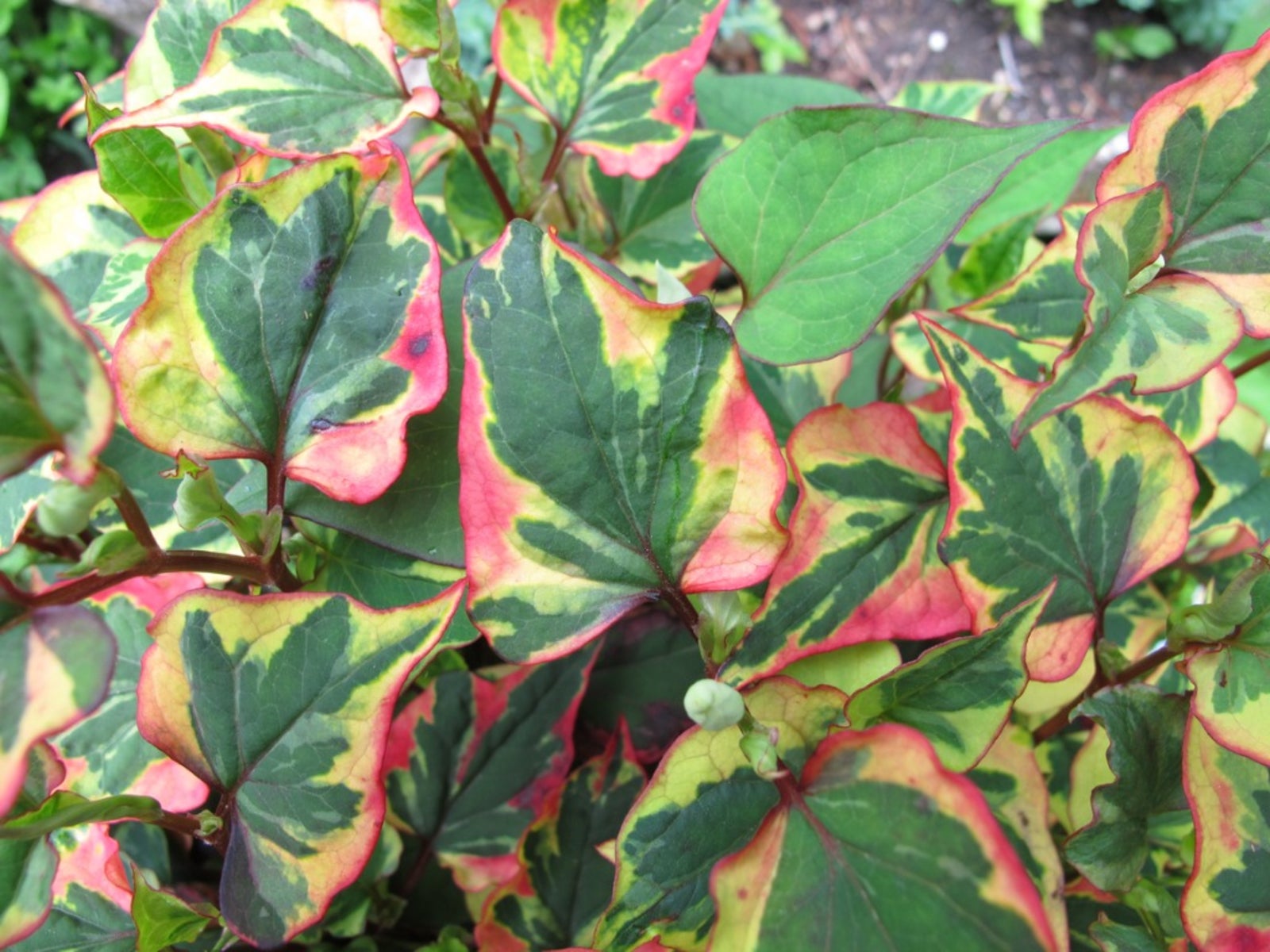How To Stop Chameleon Plants: Learn About Killing Chameleon Plants
With their pretty lavender-tinged, heart-shaped leaves, there is very little that can stop chameleon plants from spreading. A few tips may help.


Groundcover plants are wonderful ways to decorate a blank part of the garden, quell weeds, and add some color and life.
Houttuynia cordata, or chameleon plant, is one you may want to avoid, however. It is a tenacious and rapid spreader that often gets out of control. And if you change your mind, killing chameleon plants is almost impossible. At the very least, it takes dogged determination. Learn how to stop chameleon plants.
About Chameleon Plants
The chameleon plant is very pretty with its lavender-tinged, heart-shaped leaves and easy-going nature. But it is this nature that becomes the problem.
Chameleon plants grow in USDA zones 5 to 11, in moist to dry soils, full sun to partial shade. Once they get going, there is very little that can stop the plants. Controlling chameleon plants is one of those challenges that will test your determination. Fortunately, the keys on how to get rid of Houttuynia are below.
The chameleon plant is a very useful groundcover or trailing plant. Because it doesn't mind tough areas and needs little care, it is a perfect plant in those respects. It's only when you want to remove or control it that the plant's true nature comes out.
Houttuynia spreads through rhizomes, which are very fragile and break apart easily. Any small part of the rhizome or stem left behind in the soil will resprout. This makes chameleon plant eradication extremely challenging. The fleshy rhizomes also range quite deep and wide, making it even harder to dig out every section.
And because foliar sprays result in the death of leaves and stems but don't always kill roots, this scrappy plant will just come back again, season after season.
Gardening tips, videos, info and more delivered right to your inbox!
Sign up for the Gardening Know How newsletter today and receive a free copy of our e-book "How to Grow Delicious Tomatoes".
Controlling Chameleon Plants Naturally
If you are a glutton for punishment, you can remove some of the plants without chemicals. The process will take several seasons but does not require chemicals.
Start at the outer edges of the patch, digging about 2 feet (0.5 m.) outside of the visible foliage and stems. Remove rhizomes as you find them and bag them.
Dig down at least 12 inches (30.5 cm.). It is useful to have a large tarp handy to place shovels full of soil and sift through for pieces of rhizome, leaves, or stems. Take sifted soil and store it in another part of the garden. Once you have gone through the entire bed, you can return the "cleaned" soil.
Keep an eye on the area and remove any plants that sprout. You may have to do the entire process again for the next season or two.
How to Get Rid of Houttuynia for Good
Total chameleon plant eradication is possible but it takes several years. Unfortunately, back-breaking labor is the safest way to eradicate chameleon plants.
For information on non-toxic products that may help control chameleon plants, consult with a professional at your local university extension service.

Bonnie Grant is a professional landscaper with a Certification in Urban Gardening. She has been gardening and writing for 15 years. A former professional chef, she has a passion for edible landscaping.
-
 Zinnias On Repeat: 10 Glorious Cut-And-Come-Again Varieties For Endless Summer Bouquets
Zinnias On Repeat: 10 Glorious Cut-And-Come-Again Varieties For Endless Summer BouquetsThese zinnia varieties keep giving all summer, making them the perfect choice for dedicated cutting gardens – or just the occasional homegrown bouquet.
By Ellen Wells
-
 Create A Romantic Garden Straight Out Of Bridgerton: Regency Era Romance In Your Garden
Create A Romantic Garden Straight Out Of Bridgerton: Regency Era Romance In Your GardenTry some romantic garden ideas straight out of Bridgerton. Flowers and gardens in the Regency era were lush and charming and you can get the same look!
By Bonnie L. Grant
